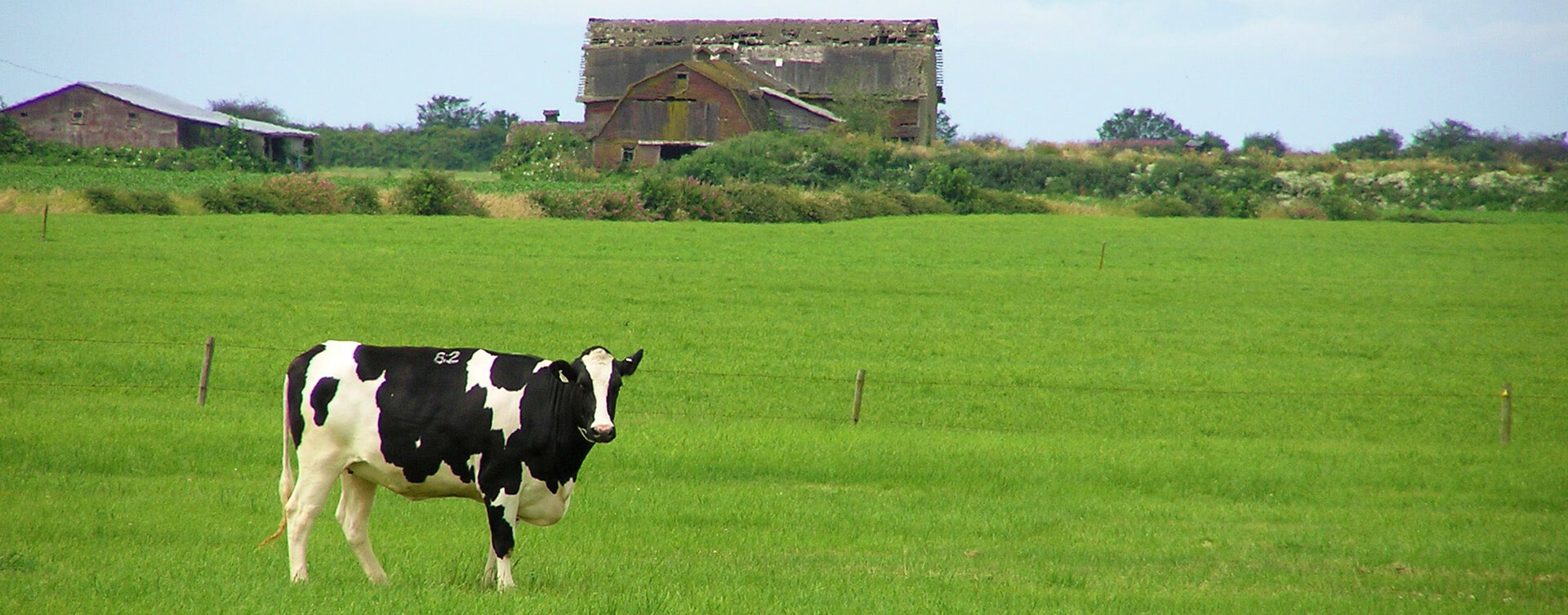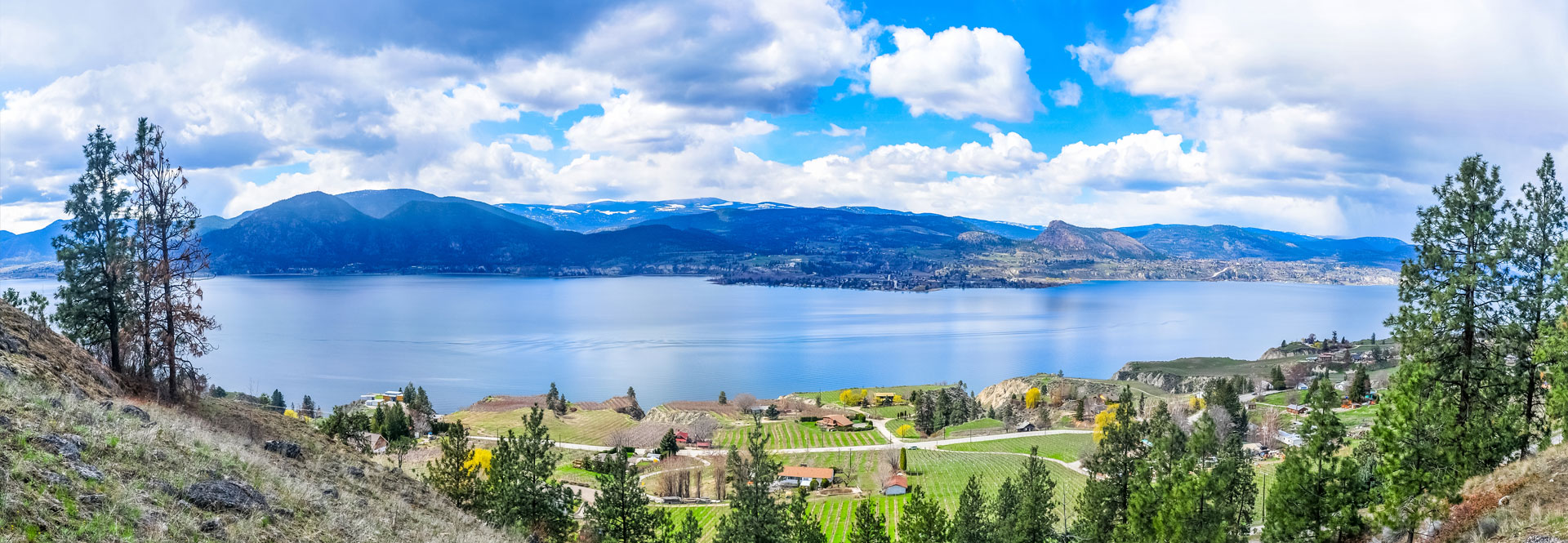Buying and Owning Land in the ALR
The Agricultural Land Reserve (ALR) is a provincial zone in which agriculture is recognized as the priority use. Farming is encouraged and non-agricultural uses are restricted.
The ALR comprises just 5% of BC’s total land base and is the area with the greatest agricultural capacity. As a finite and valuable resource, the province decided to protect this land. It is important for landowners to know what activities may or may not be permitted within the ALR. Agricultural and farming uses are permitted in the ALR along with a number of compatible other uses. Non-agricultural uses and subdivisions, unless permitted via regulation, are restricted unless approved by the Agricultural Land Commission.
Buying and Owning ALR Land
The ALR is a provincial land-use zone in which agriculture is recognized as the priority use. It is the biophysical resource base that supports farm and ranch activities in the province. Farming/ranching of ALR land is encouraged and non-agricultural uses are regulated.
The Agricultural Land Commission Act (the “ALC Act“), the Agricultural Land Reserve General Regulation (the “ALR General Regulation“), and the Agricultural Land Reserve Use Regulation (the “ALR Use Regulation”) prioritizes agricultural land use within the reserve and allows for some additional land uses that may be regulated or prohibited by local government.
Anyone purchasing or owning land in the ALR for non-agricultural purposes or strictly rural residential use, should be aware that the business of agriculture is the primary land use and normal farm/ranch practices are protected. For example, that means the noise, dust and odours that may arise from agricultural businesses are to be expected. The Farm Practices Protection (Right to Farm) Act enables the pursuit and continuation of normal farm/ranch practices, despite complaints from neighbours. For more information, please see the Ministry of Agriculture’s Farm Practices Protection.

Should you wish to purchase agricultural land, you should confirm the ALR status of the parcel. If the land is in the ALR be aware that land uses are restricted and agriculture is the priority use. To fully understand these restrictions, please review the ALC Act and the ALR Regulations.
ALR maps indicate what lands are within the ALR and what lands are outside the ALR.
Maps of the ALR can be found on the ALR Maps page.
ALR status of a parcel can be determined using the ALR Property and Map Finder.
Parcels that are within the ALR or partially within, the ALR should have a notation which states:
THIS CERTIFICATE OF TITLE MAY BE AFFECTED BY THE AGRICULTURAL LAND COMMISSION ACT.
SEE AGRICULTURAL LAND RESERVE PLAN XXXX.
Please note that we cannot respond to a request for a copy of a plan number because they are not in our possession.
Any parcel with the ALR notation may be subject to the ALC Act and the ALR Regulation.
A potential purchaser of land who has identified the ALR notation on a Certificate of Title should confirm whether the parcel is within the ALR and educate themselves on the permitted uses. If after reviewing the online maps there is some uncertainty about the ALR status, the ALC can provide a written statement of ALR status for a particular parcel. If requested, this can include a map showing the relative location of the ALR to the subject property.
**It is very important to note that an examination of a title for the ALR notation is not a definitive method to confirm whether the parcel is or is not in the ALR. On occasion, titles endorsed with the ALR notation have later been found to be outside the ALR, while titles not endorsed with the ALR notation have later been found to be located in the ALR.
If you believe that a parcel may be in the ALR but it does not have the ALR notation on title, the ALC can provide confirmation. Your real estate agent should be able to assist, as should staff at your local government office.
For ALR parcel status inquiries, please contact the ALC GIS and Mapping Department with the parcel’s identifying information.
A parcel may be fully or partially in the ALR (where the ALR boundary transects a parcel). Only those portions of the parcel which fall within the ALR are subject to the ALC Act.
The ALR is the biophysical resource base suitable for agricultural use. Information regarding agricultural capability can be found under Soils and Agricultural Capability. Agricultural capability data can be found under ALR Maps.
If you wish to seek advice regarding the agricultural capability or suitability of your parcel, you can contact an appropriate professional at the British Columbia Institute of Agrologists.
Before purchasing a parcel or making an application to the ALC, it may be useful to research any previous decisions (approvals or refusals) applicable to the parcel and surrounding area.
Search for previous history at Search for Applications and Decisions.
ALR Values and Benefits
While the ALR was originally set up to preserve the limited agricultural land resource in BC, it provides a variety of values and benefits to farmers and ranchers and other communities of interest.
- Permitted activities with limited local government involvement
- Provides a stable land base for agricultural businesses
- Value added activities for expanding and enriching agricultural income
- Land base for growing export products
- Protection under the Farm Practices Protection Act (FFPA)
- Secure land base for inter-generational transfer and farm succession
- Tax benefits
- Jobs (direct and secondary)
- Limits urban water runoff
- Safeguards local food capacity
- Acts as an urban containment boundary
- Preserves land base for the business of agriculture
- Provides land base for growing of agricultural export products
- Maintains rural character and lifestyle
- Provides for a pastoral environment

- Provides green space
- Bird and waterfowl habitat
- Wildlife habitat
- Supports biodiversity
- Soil conservation and erosion control
- Retain excess water
- Parks and protected areas
- Reduce transportation-associated emissions
- Open land recreational opportunities
- Healthy local food supply
Multi-land uses including resource activities such as oil and gas, forestry and aggregate extraction uses that may be short or medium term, are considered temporary and can be reclaimed for agricultural use.
Ownership FAQ’s
The Agricultural Land Commission Act (the “ALC Act”), the Agricultural Land Reserve General Regulation (the “ALR General Regulation”), and the Agricultural Land Reserve Use Regulation (the “ALR Use Regulation”) prioritizes agricultural land use within the reserve, including some uses that are restricted or prohibited by other zoning bylaws, Acts, or legislation outside the ALR. The Farm Practices Protection (Right to Farm) Act will also allow the pursuit and continuation of normal farm practices, even despite complaints from neighbours.
The ALR comprises just 5% of BC’s total land base and is the area with the greatest agricultural capacity. As a finite and valuable resource, the province has decided to protect this land, to encourage farming and ranching and to focus non-farm use to the remaining 95% of the province.
Only if it is for agricultural purposes. If not, you require formal approval from the ALC before initiating any development or land use that is not currently allowed by the ALC Act, the ALR General Regulation, or the ALR Use Regulation. If approval is given for a change of land use, the land owner or operator is subject to compliance with all other legislation and rules that may apply to the land, including but not limited to local government zoning.
Parcels that are within the ALR should have a notation on the Certificate of Title:
“THIS CERTIFICATE OF TITLE MAY BE AFFECTED BY THE AGRICULTURAL LAND COMMISSION ACT. SEE AGRICULTURAL LAND RESERVE PLAN XXXX”.
Any parcel with the ALR notation may be subject to the ALC Act and ALR Regulation. Use the ALR Property and Map Finder to verify that your property is in the ALR. General ALR maps can be found on the ALR Maps page.
A potential purchaser of land who has identified the ALR notation on a Certificate of Title should confirm whether the parcel is within the ALR and educate themselves on the permitted uses. If after reviewing the online maps there is some uncertainty about the ALR status, the ALC can provide a written statement of ALR status for a particular parcel. If requested, this can include a map showing the relative location of the ALR to the subject property.
Occasionally a Certificate of Title will have an ALR notation although the land is not, or is no longer, in the ALR. If you notice an incorrect ALR notation, please contact ALC staff who can contact the Registrar of Land Titles to correct the notation.
***It is very important to note that an examination of a title for the ALR notation is not a definitive method to confirm whether the parcel is or is not in the ALR. On occasion, titles endorsed with the ALR notation have later been found to be outside the ALR, while titles not endorsed with the ALR notation have later been found to be located in the ALR.
Residential uses in the ALR are based on property sizes. On a property less than 40 ha, where there is a principal residence of 500 m2 or less, one 90 m2 additional residence may be permitted, subject to local government bylaws or First Nation Government laws.
On a property larger than 40 ha, where there is a lawfully constructed principal residence, one 186 m2 additional residence may be permitted, subject to local government bylaws or First Nation Government laws.
With the recent changes to the ALC Act and ALR Regulations – please refer to ALC Information Bulletin 05 – Residential Uses in the ALR and the Residential Flexibility in the ALR FAQs (Under Review, come back soon).
With the recent changes to the ALC Act and ALR Regulations – please refer to ALC Information Bulletin 05 – Residential Uses in the ALR and the Residential Flexibility in the ALR FAQs (Under Review, come back soon).
After December 31, 2021, existing additional residences that are manufactured homes will be grandfathered and may be retained so long as the size and siting do not change. Please note, there is no right to replacement if the manufactured home is destroyed more than 75%. With the recent changes to the ALC Act and ALR Regulations – please refer to ALC Information Bulletin 05 – Residential Uses in the ALR and the Residential Flexibility in the ALR FAQs (Under Review, come back soon).
Additional Resources
- Farm Practices Protection (Right to Farm) Act
- Ministry of Agriculture: Farm Practices Protection
- Ministry of Agriculture: Farm Practices in B.C. Reference Guide
- Ministry of Agriculture: The Countryside and You

